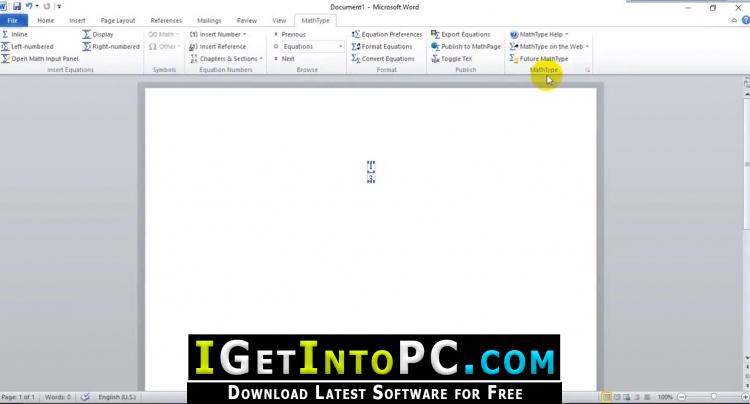

I will say that TeX does a wonderful job of formatting math. My company, Design Science, makes MathType so I am definitely biased. Later, when you need it, just click on the toolbar cell and it inserts the subexpression. In MathType, if you see that a subexpression you have entered is going to be needed several times later, in the same equation or in subsequent equations, you just select and drag it to the toolbar. Macros mostly require forethought since creating them takes one away from the task at hand. It can't do everything TeX macros can do but it has one big advantage over them. MathType has a roughly equivalent feature with its customizable toolbar. This increases efficiency by taking advantage of the repetitiveness of most math.

Many TeX people claim efficiency because they rely on a library of TeX macros they'be built up over time. Finally, if the user happens to know TeX for an expression, they can enter TeX language for most things. They are much shorter than TeX's keywords so fewer keystrokes are required.
#Mathtype 7 windows#
MathType defines keyboard shortcuts for virtually everything and let's you redefine them according to your own scheme. MathType 6.9 now supports Microsoft Office 2016, 2013 and Office 365: Office 2013 and Office 365: Compatible with Office 2013 and Office 365 installed on Windows 7, 8 and 10. They also assume because you can pick symbols and structures using the mouse to buuld an equation that you have to. Often they have years of working with TeX, try MathType after working with it for 15 mins, and then claim that MathType is much slower. However, they often just say this with no evidence to back it up. TeX people often claim that you can enter math faster in TeX than in MathType.


 0 kommentar(er)
0 kommentar(er)
